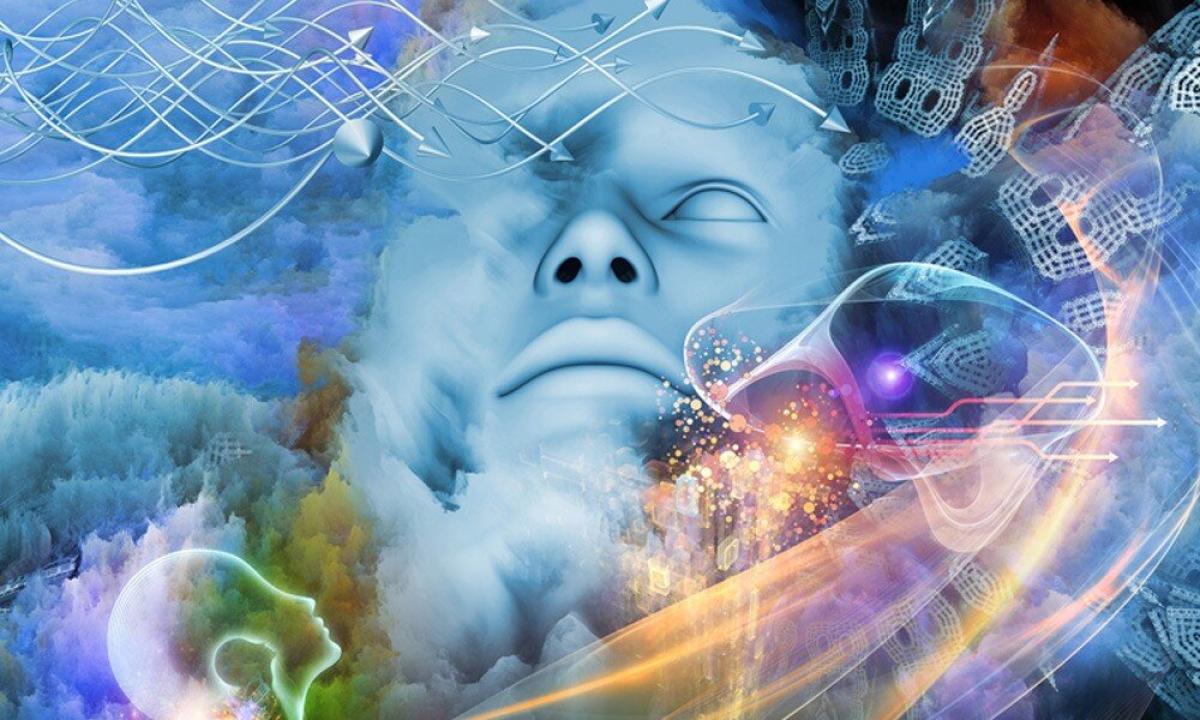It happened to each of us to dream, but not all understand point of this process, many even consider it absolutely useless, losing sight that without imagination there would be no works of art, we would even have be nothing to tell for the night to the children. For this reason the imagination in psychology is considered as one of the major phenomena.
Types of imagination
In attempt to consider this process there was a need of classification, division imagination on groups on two principles – mindfulness and the carried-out task is accepted today. In the first case distinguish:
- Unconscious imagination. In this case the will of the person does not participate in creation of fancies in any way. Such type of imagination is peculiar to small children, adults face it in a condition of a somnolence or a dream and also it meets at some mental disorders.
- The conscious imagination as it is clear from the name, is applied by the person with full understanding of the events. Allocate three types of such imagination.
Types of conscious imagination
- Recreating. Directed to reproduction of pictures and objects already seen by the person earlier. All of us used it on examination, remembering the corresponding illustration in the book silt and the page of the abstract. Also this type of imagination works when the person thinks out images, being guided by the description. For example, never seeing the seas, can represent it, having read the book.
- Creative. Writers, artists, sculptors and musicians most often use this type of imagination. In terms of psychology imagination in creativity and thinking are most closely bound. Distinguish the following types of creative imagination: emphasis (the image is created around one detail), agglutination (connection of various qualities and parts for creation of an image) and typification (creation of collective, average society).
- Dreams. Here the person creates images of the fact that he would like to have in fact, than would like to be engaged. In psychology it is considered that in this look the imagination and thinking are connected less strongly because creativity is shown not so brightly here. Only creative elements which complement any images recreated from memory are more often used.
Development of imagination
Process of creation of fancies is incredibly important therefore in psychology seriously there is an issue of development of imagination. Begin to trace this moment at children and during this period pay much attention to formation of this quality. Further, the person gradually develops the imagination, and best of all process goes at chosen for themselves creative professions. But can develop this quality also others by means of special the technician which cornerstone the ability to relax and abstract from the events is. At due development of imagination of people can not only succeed in the creative sphere, but also learn better to operate own body, for example, to regulate its temperature and pressure.
Violations of imagination in psychology
The considered phenomenon is very important for formation of the personality, at all without it nobody could live. But sometimes the imagination takes the pathological forms, at the same time the person believes in real existence of the things created by his imagination. Obsessions, dreams in reality and crazy states can do it. Often the lie of children and psychopathic persons is also explained by sincere belief in reality of the imaginations. Anyway without the assistance of the expert to manage it will not turn out. It is important to remember that at early stages it will be simpler to cope, and the longer such state lasts, the more difficult from it an exit. As eventually the peace of imaginations is found by more and more details, intertwine with reality more and more closely, and it is harder and harder to person to cut thought up by it from the facts.
"

